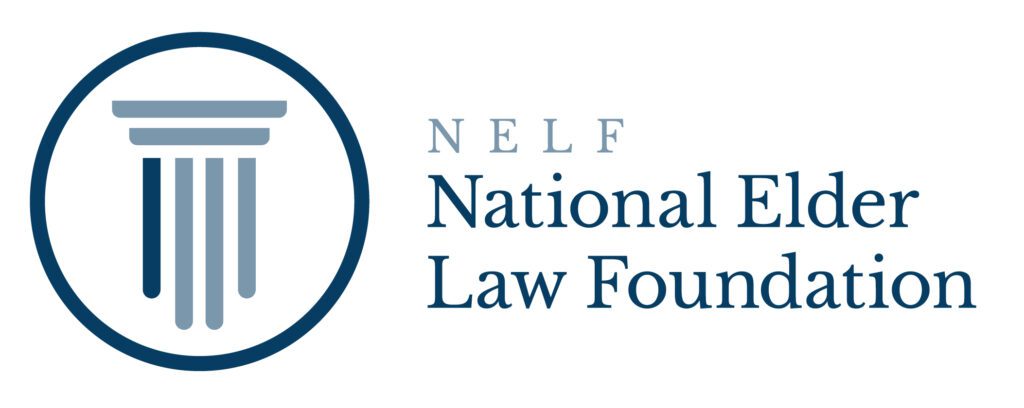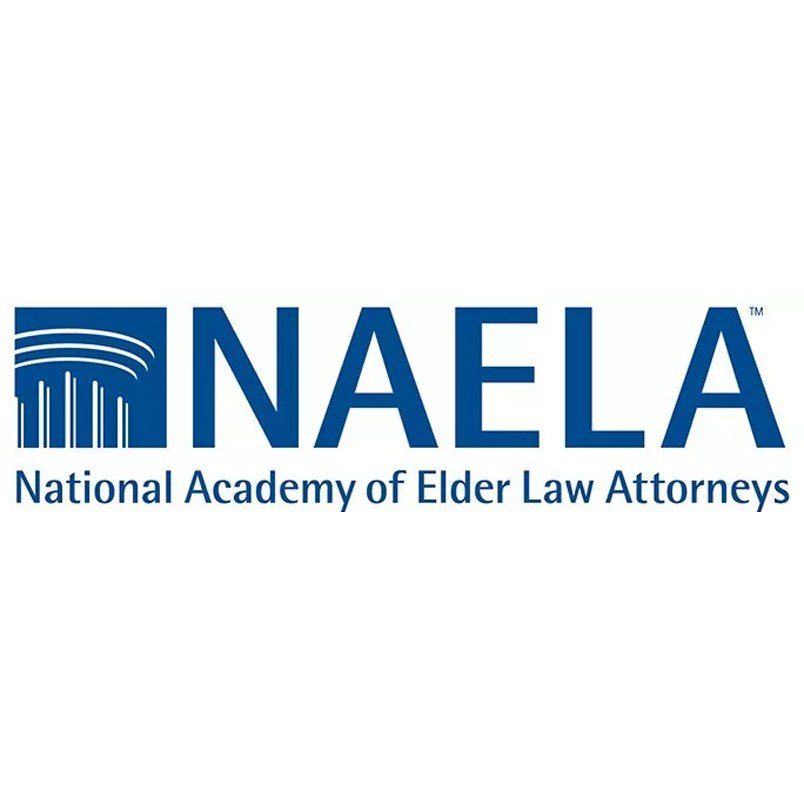What is a trust? There are so many different kinds of trust arrangements that it is impossible for me to provide a simple answer to this question. But the trust is such an important estate planning device for many seniors that I will try to provide the reader with a basic understanding of trusts and how they are used. This article will focus not on trusts used by the wealthy, but on their use by Average American individuals and families.
A trust is an arrangement involving three parties:
- the Settlor (or Trustor) – the person setting up the trust and transferring assets to it;
- the Trustee – a person or firm that holds and administers the assets for the benefit of others; and
- the beneficiary – the person for whose benefit the assets are being held and administered.
A trust can have multiple settlors, trustees, and beneficiaries.
With an estate planning -trust you (the “settlor”) transfer legal title to assets you specify to a “trustee” to be held and managed by the trustee and distributed to the beneficiaries in accordance with your directions. With some trusts you can name yourself as Trustee. Often people will name a family member or a professional trust company as trustee or co-trustee. You can also name yourself as primary beneficiary and designate other “contingent” beneficiaries in the event of your death.
Here are some examples of trusts that are commonly used as part of the estate plans of individuals and families.
Illustration 1 – Financial Management Trust. Mary, a widow with two children, has approximately $225,000 in various savings and retirement accounts. With the help of her elder law attorney Mary creates a trust agreement that names a carefully chosen Bank trust department as the trustee. The trustee assigns a trust officer to Mary who helps get the trust set up and funded from Mary’s savings.
In accordance with Mary’s instructions, the trustee will then begin paying Mary’s bills each month. It will pay Mary’s real estate and estimated income tax payments as they come due. The trustee will deposit money in Mary’s checking account each month as needed for her personal use. Mary can increase or decrease the mount of her monthly draw by phoning her trust officer. If Mary wants more money for any reason, she calls her trust officer and money is transferred to her checking account. The trustee invests Mary’s money in a manner approved by Mary in advance so that it is consistent with her risk tolerance. Mary gets a full accounting statement in the mail every three months. She can check her account anytime online.
Upon Mary’s death the Trustee will pay her final expenses from the trust funds and distribute the remainder to her children. Mary can change this distribution at any time. Mary can also cancel the trust at any time and all of the money will be returned to her.
In the above illustration Mary is the Settlor, the Bank is the Trustee, and Mary is the Primary Beneficiary of the Trust. Mary’s children are called contingent beneficiaries. Lawyers call this kind of a trust a revocable “inter vivos trust” or “living trust.” It is revocable because Mary (the Settlor) can undo it at any time during her life. (“Inter vivos” means between living people and here the Settlor is alive. On the other hand, a “testamentary trust” is one that is created in the Settlor’s Will and which takes effect after the death of the Settlor.)
A revocable inter vivos trust can be an excellent way to set up a financial care management arrangement for an older adult. For more information on this arrangement see my article Who to Choose as your Financial Pinch-Hitter – a Family Member or a Trust Company
Illustration 2 – Special-Needs Trust. Miriam is a widow with two children: Ron, age 33, works with computers at Penn State’s main campus. Allen, age 31, has a developmental disability. Allen resides with Miriam and works part time on the maintenance staff of a local hospital. He currently receives SSI and Medicaid benefits. Ron and Allen have always been very close.
Miriam wants to leave an inheritance to Allen but is worried that an inheritance would cause Allen to lose his SSI and Medicaid benefits.
Miriam’s elder law attorney drafts a will that includes a special-needs trust (SNT) for Allen. Upon Miriam’s death ½ of her estate will pass to this trust. When properly drafted and administered this trust will provide for Allen’s needs while preserving his right to receive means-tested public benefits like SSI and Medicaid. The lawyer and Miriam discuss the kinds of expenses that can be paid from the trust, and Miriam decides to name her other son, Ron, as Trustee with a Professional Trust Department as back-up. Upon Allen’s death any funds remaining in the trust will be distributed to Miriam’s grandchildren.
The elder law attorney also suggests that both Miriam and Allen have powers of attorney drafted, and that Allen should consider whether he should set up an ABLE account.
Illustration 3 – Home Protection Trust. Ken and Virginia are both in their early 70s. They married when Ken got back from Vietnam in 1969. They have a daughter, Betty Lou, with whom they are very close. Betty Lou has had a hard life so far, and her parents want to ensure that they are able to leave her an inheritance when they are gone. They also have a son Sam. Sam lives in Pittsburgh with his wife and a child and has a good job as a pharmacist.
Like many couples, Ken and Virginia’s home is their most valuable asset. A house down the street recently sold for $280,000. In addition to the home, the couple has about $200,000 in savings.
Last year Virginia’s mother died at age 94. Her mother had received long-term care services at home for almost two years before moving to a nursing home where she spent the last 28 months of her life. Her mother had worked for over 40 years as a bookkeeper and had saved as much as she could for retirement. But all these savings were wiped out to pay for her care needs. And, after her death, the state forced Virginia to sell her mother’s home and pay the proceeds to the government to reimburse it for money Medicaid had paid toward the cost of her mother’s care. Virginia learned this is called Medicaid Estate Recovery. Virginia doesn’t want the same thing to happen to her home when she and her husband are gone. She wants to ensure that the home will go to Betty Lou.
Ken and Virginia meet with an elder law attorney and discuss how to best protect their home for themselves during their lives and for Betty Lou after they are gone. They discuss the consequences and dangers of giving the home to Betty Lou outright.
After discussing their options, Kenn and Virginia decide to place their house in a home protection trust. In order for the home to be protected from nursing home and other care costs, the trust needs to be irrevocable, which means that Ken and Virginia cannot cancel it. But they can live in the home for the rest of their lives, and if they ever want to move, the trust can sell the home and buy another residence for them.
The lawyer explains that because of Medicaid’s 5-year look-back rule, it is best to transfer the settlors home to the trust while the settlors are relatively healthy.
When held by the trust, their home (and any other assets they decide to transfer) can be protected from Medicaid estate recovery in the event one or both of them ever have a long expensive stay in a nursing home. And since the trust, rather than a child, hold legal title to the property it is protected from divorce or other bad things that may happen in their child’s life as well.
The elder law attorney suggests that a Family meeting might be a good idea to bring Betty Lou and Sam into their parents’ trust planning. See: A Family Meeting as Part of Effective Estate Planning. The meeting is held when Sam is in town visiting his sister and parents. He is totally on-board with the idea of Betty Lou getting the house someday.; And Sam and Bett Lou agree to serve as co-Trustees of the trust.
These are just a few examples of common ways that trusts are used to help seniors with their lifetime and estate planning. There are dozens of different types and uses of trust. Trusts are not just for the wealthy.
This article is intended to be just a starting point. Talk with your elder law attorney about whether and how a trust might help you achieve your planning goals. If you live in Pennsylvania, you can call Marshall, Parker and Weber for expert help in putting together a plan that best meets your unique situation and goals.




